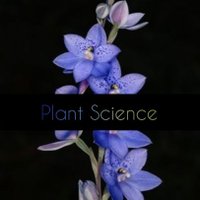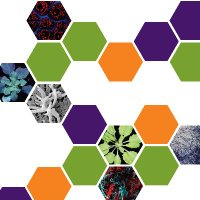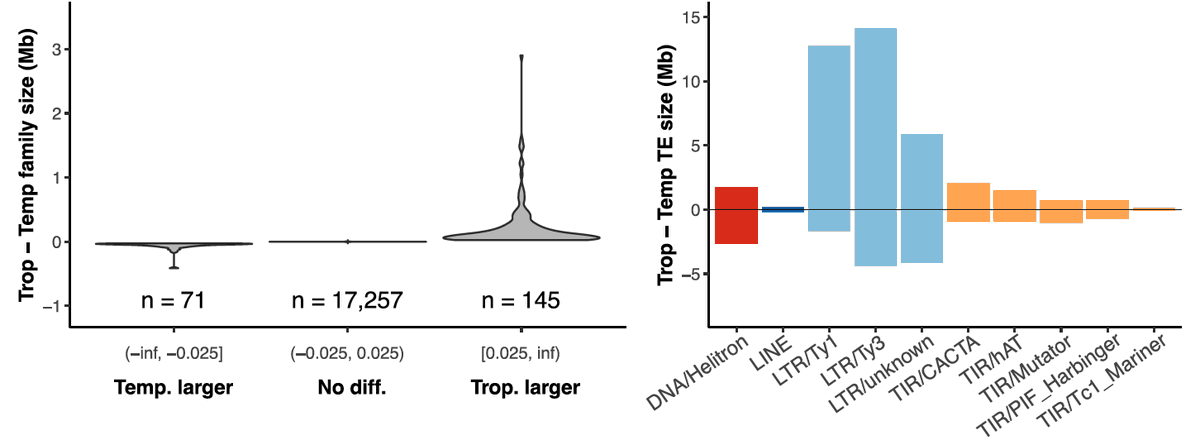
David T
@phytorres
Postdoctoral researcher at Wageningen University | Plant pathogens | (epi)Genomics | Evolution | he/him
ID: 242508054
24-01-2011 23:20:56
2,2K Tweet
826 Takipçi
1,1K Takip Edilen




How do karyotypes evolve? Turns out an intracellular tug of war within the metaphase spindle sets the limits for chromosome number evolution. Excited to see our study out today in Nature Cell Biology nature.com/articles/s4155… 1/9


.Beth Molloy's 1st paper now in PLOS Pathogens A predicted parasitic nematode effector set is: 1. Big, several hundred genes 2. Diverse, 391 families - some big, most very small 3. Tightly co-regulated 4. Approx. 50% conserved in last parasitic ancestor journals.plos.org/plospathogens/…


Thrilled to announce our latest publication in Nature on the origin and evolution of the D-genome! 🌱 Check it out here: rdcu.be/dQWFH UM Ag&Food Sciences University of Manitoba


Sporulation sounds so basic for fungi, but do we know its genetics? New preprint Zhihao Hou of BRC Biochem explores the transcriptional network of postmeiotic spore morphogenesis in mushrooms. Csenge Földi Hongli Wu Mate.Viragh Xiao-Bin Liu biorxiv.org/content/10.110…


A study on 44 oomycete species reveals how host interaction lifestyles shape their metabolic networks. To learn more, read about it in our July issue: doi.org/10.1094/MPMI-1… Sander Rodenburg Francine Govers Michael F Seidl Dick de Ridder WUR Plant Phytopathology @ WUR




This paper led by Dr. Atsushi Shimada is out Nature Plants! Centromere function can be dependent on a few TEs, and in RNAi mutants, small RNAs targetting these TEs are enough to reestablish normal chromosome segregation! Crazy! nature.com/articles/s4147…


A gap-free genome assembly of Fusarium oxysporum f. sp. conglutinans, a vascular wilt pathogen. #FusariumGenome #ChromosomeLevelAssembly Scientific Data nature.com/articles/s4159…

A new preprint from Ksenia Krasileva lab: Engineering pathogen-inducible promoters for conferring disease resistance in tomato biorxiv.org/content/10.110…







